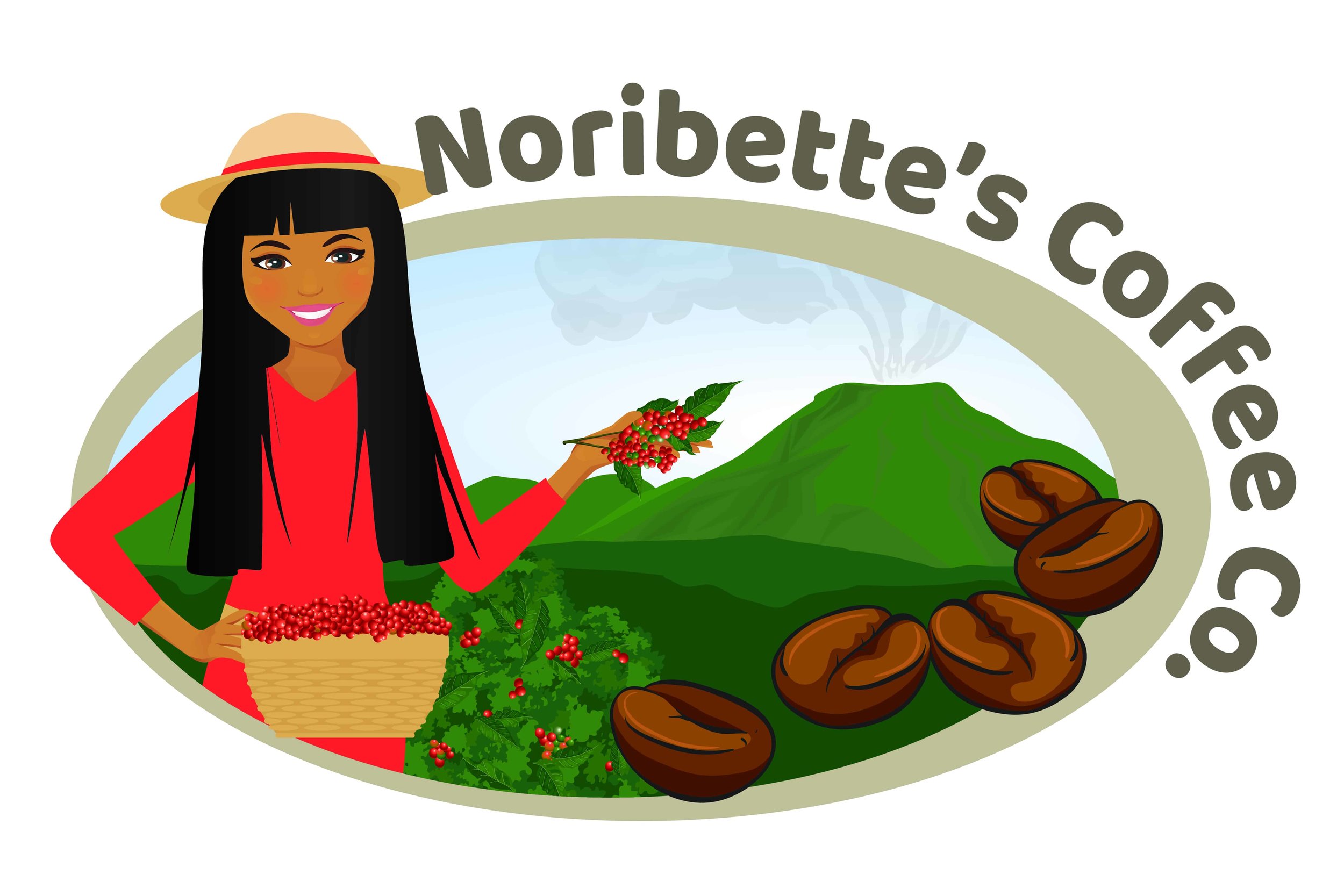Costa Rican Coffee: Behind the Bean
Costa Rica: home to some of the world's finest people, culture and terrain. The coffee that is grown and sold there is no exception. Known around the globe for its bold and distinctly unique flavors, Costa Rican coffee has gained a powerful reputation. While it is widely recognized to be one of the greatest tasting coffees in the world, many do not understand what exactly sets Costa Rica's coffee apart from the rest.
A Vibrant History1
Coffee was given to Costa Rican locals to farm and cultivate in 1798, encouraging economic growth in the small country. Costa Rica has volcanic soil packed with minerals, cool mountainous climate and shady, sprawling fields. These unique and ideal conditions made the imported coffee an instant success.
Aside from being a valuable exportable good, the coffee became a local staple. Farmers wanted to perfect it, not just for their customers, but also for themselves. This, added to the already successful growing rate, turned the coffee business into an art form.
Analyzing the Art2
Costa Rican coffee is known for its smooth and bold flavor, but its specific tastes vary widely. Farmers in the country only produce Arabica beans, which make for a smoother blend. These beans can be grown and prepared differently, leading to all of the unique flavors the world expects of Costa Rican coffee.
The art of coffee processing in the small country takes three forms: washed, honey and natural. Washed coffees are the most common types. They are processed through the use of water and machines that are designed to force the fruit out of the coffee bean. These coffees taste simple and mild and include hints of honey, fruit and creamy chocolate flavors.
Honey coffees are left to dry naturally after a light washing method and some of the coffee fruit (known as a cherry) is left on. The end product is a sweeter coffee with brighter flavors such as honey and molasses.
The third type of processing, natural processing, is the slowest and strongest way to create the flavor. It involves leaving the bean and cherry connected to the plant for as long as possible to let the flavor develop. Naturally produced coffee has a syrupy taste that includes fruits such as berries and citrus.
All three processed beans are steeped in chorreadores1, cloth coffee socks that are placed on a stand in almost boiling water. This creates the beautiful and local flavors all drinkers of Costa Rican coffee love.
Supporting the Local Market
This wonderful coffee not only tastes good, it also is good for Costa Rica's economy. The coffee business there generates 90% of the produce economy!2 This business is kept running by local farmers and laborers whose incomes are kept afloat by exporting and selling their goods. Costa Rican coffee companies such as ours, Noribette's Coffee Co., support local farmers in the country who work hard to produce the coffee that you love! When you buy Costa Rican, you will not only taste greatness, you will be contributing to many lifelong passions too!
Tell your friends about this article! Simply use the Social Media links below.
Sources
1. Costarica.com, Coffee Culture in Costa Rica, accessed July 22, 2019
2. Homegrounds.com, Costarican Coffee, accessed July 22, 2019

